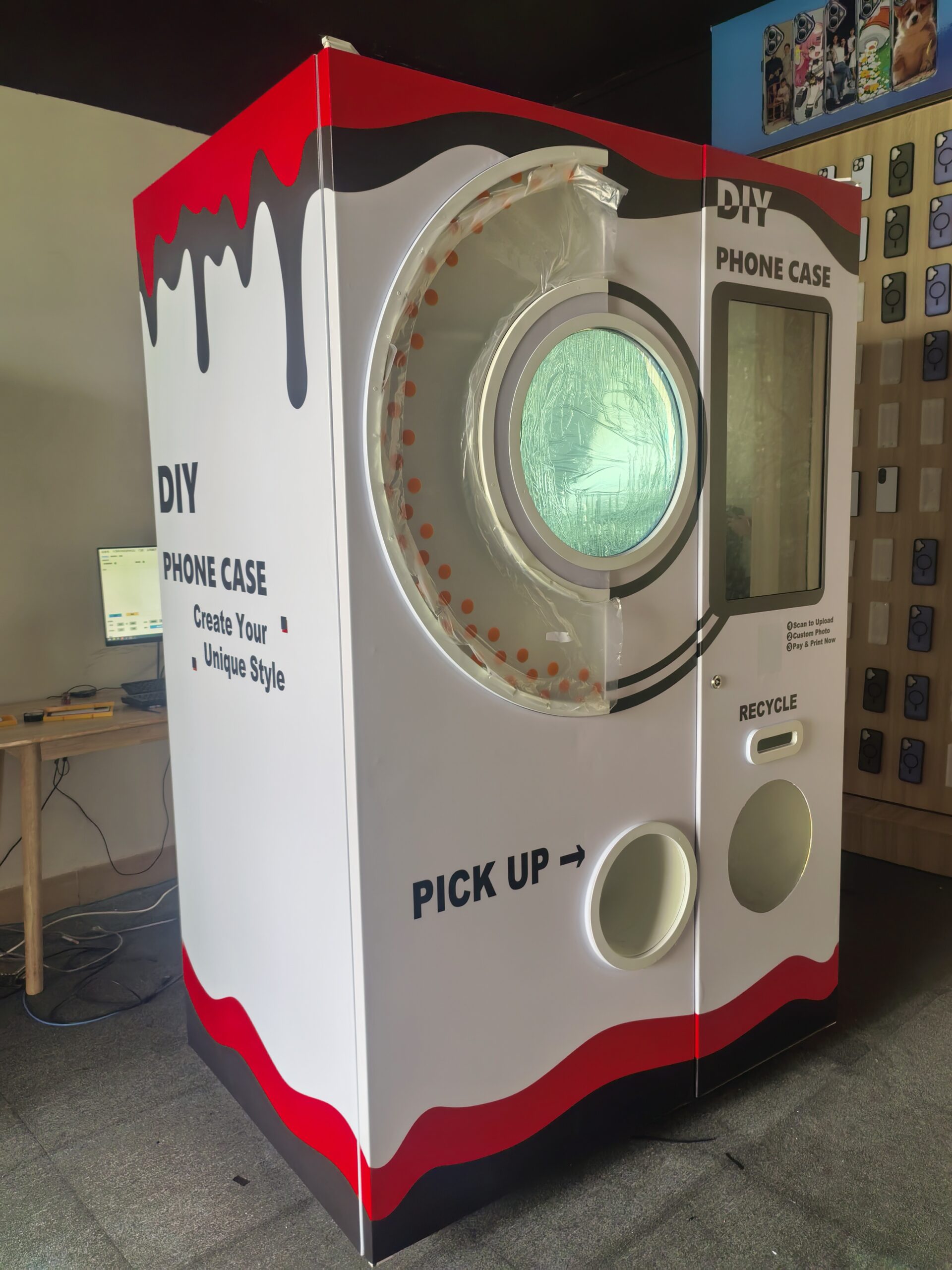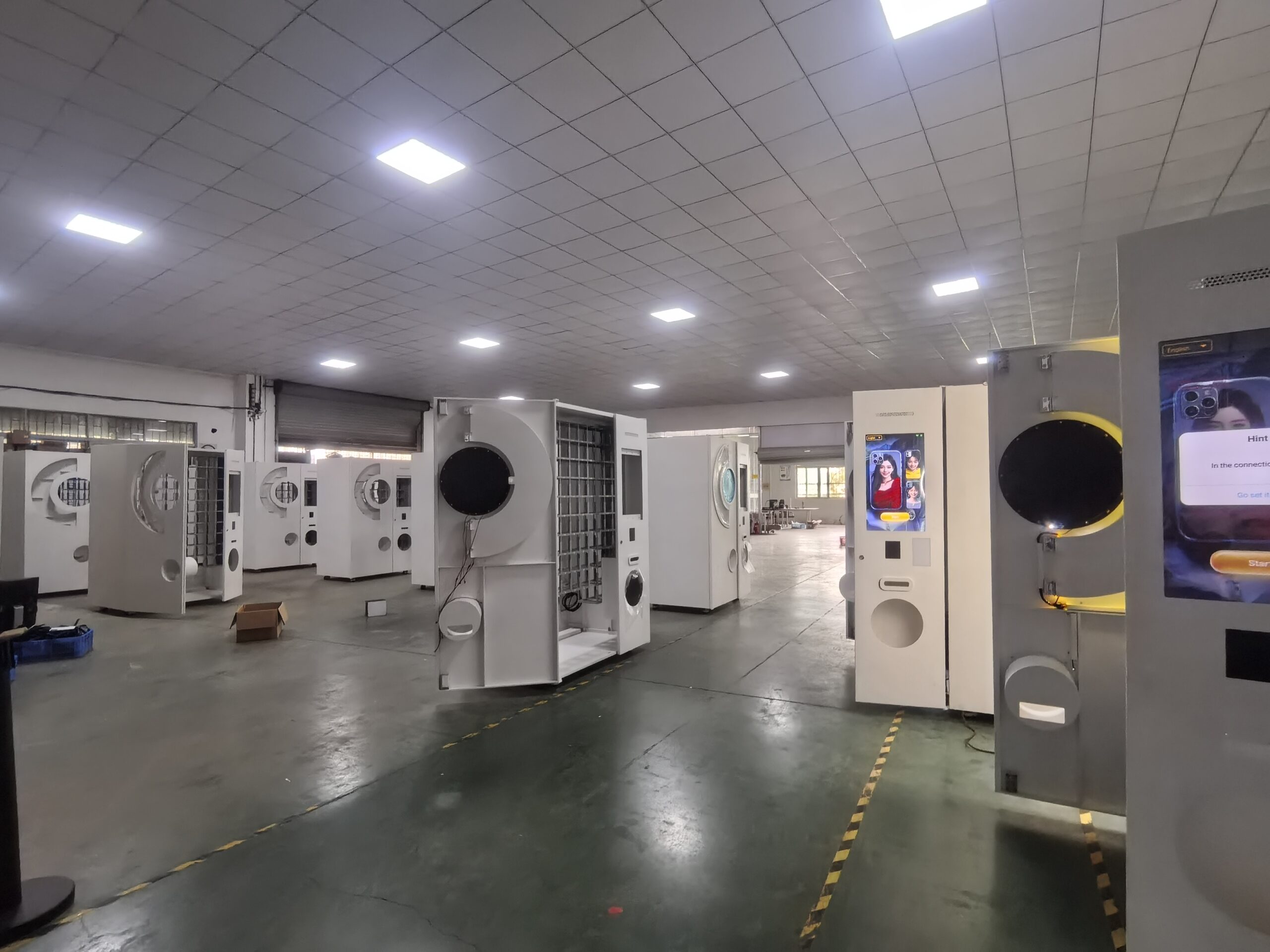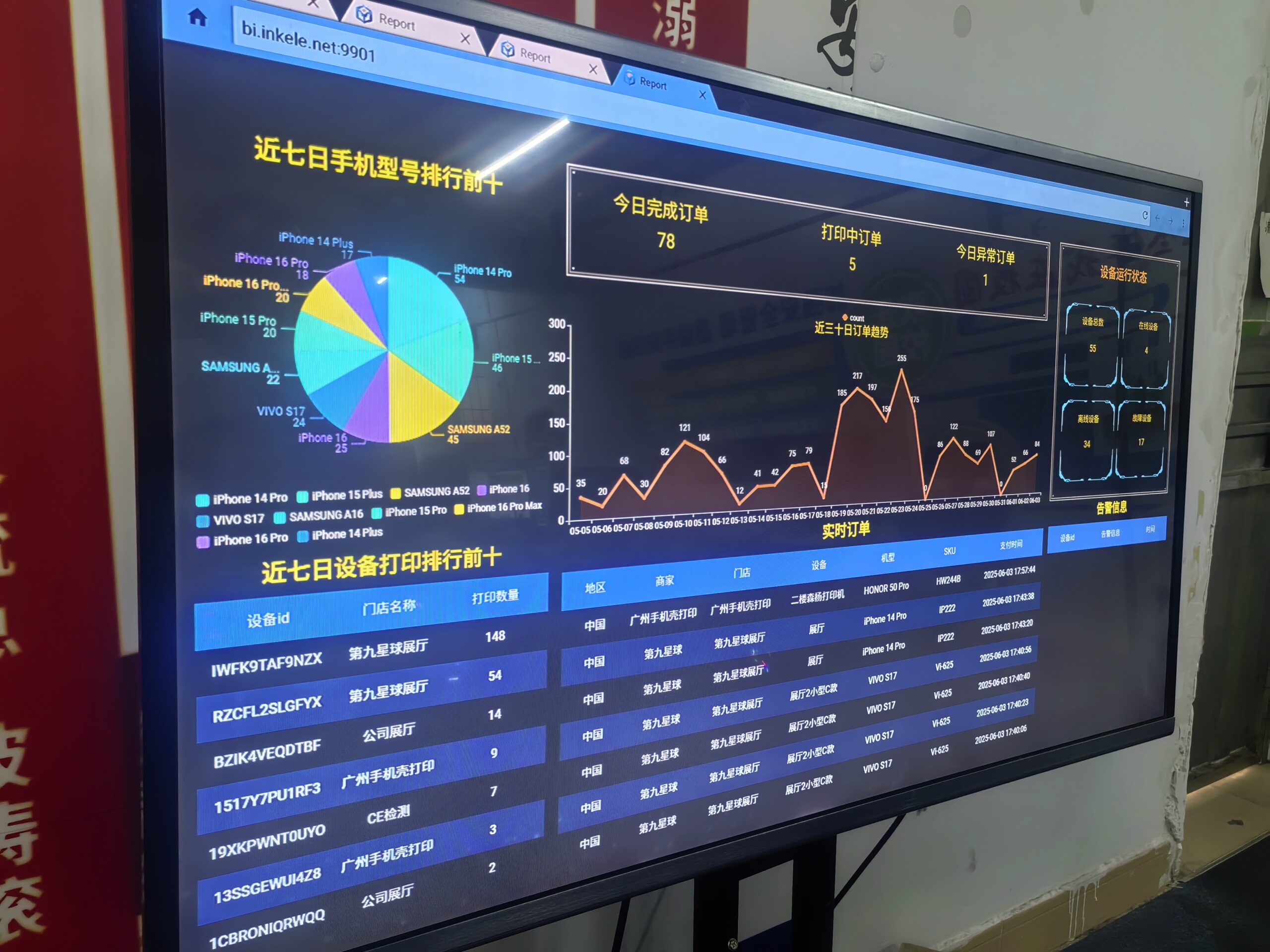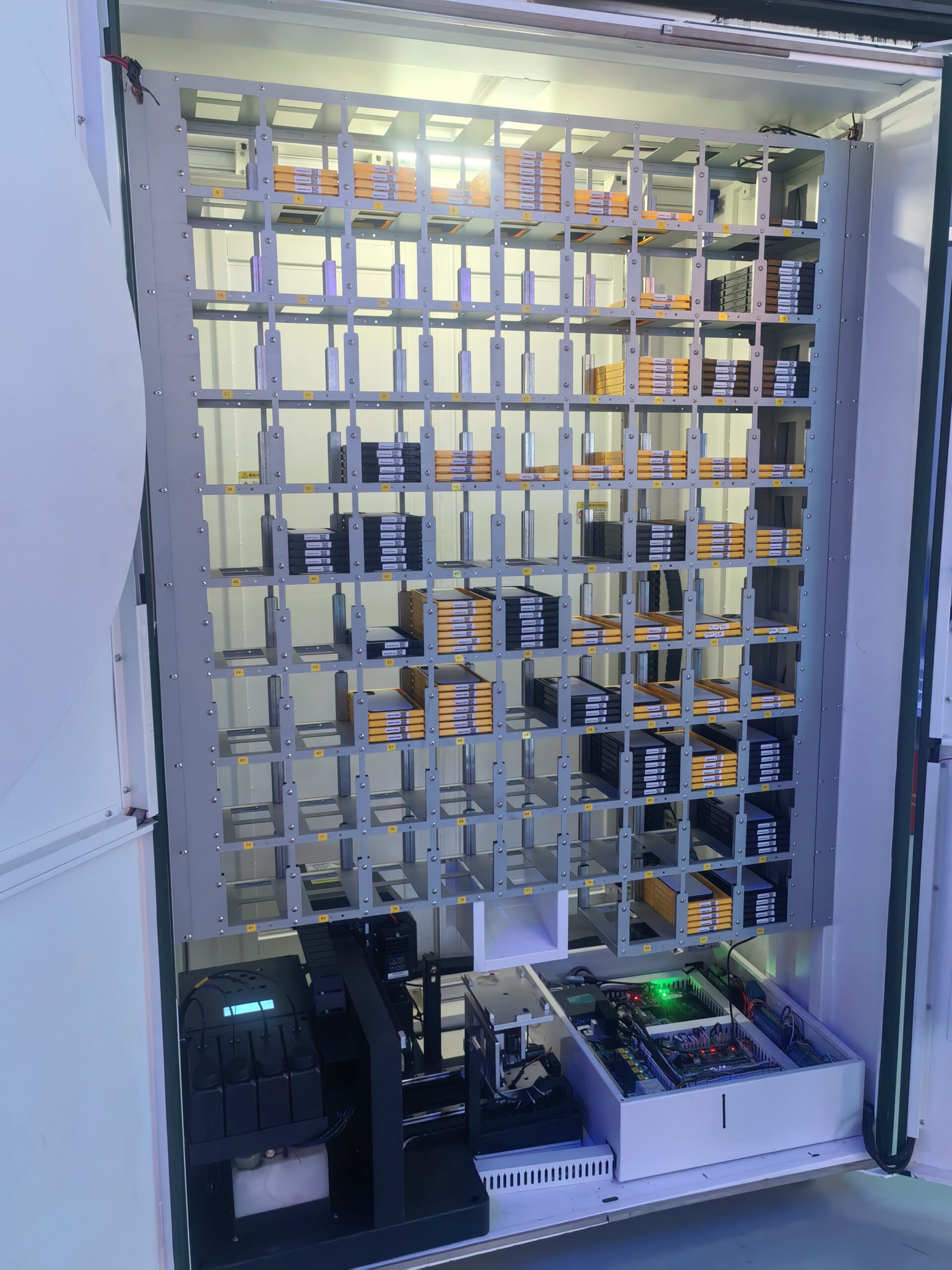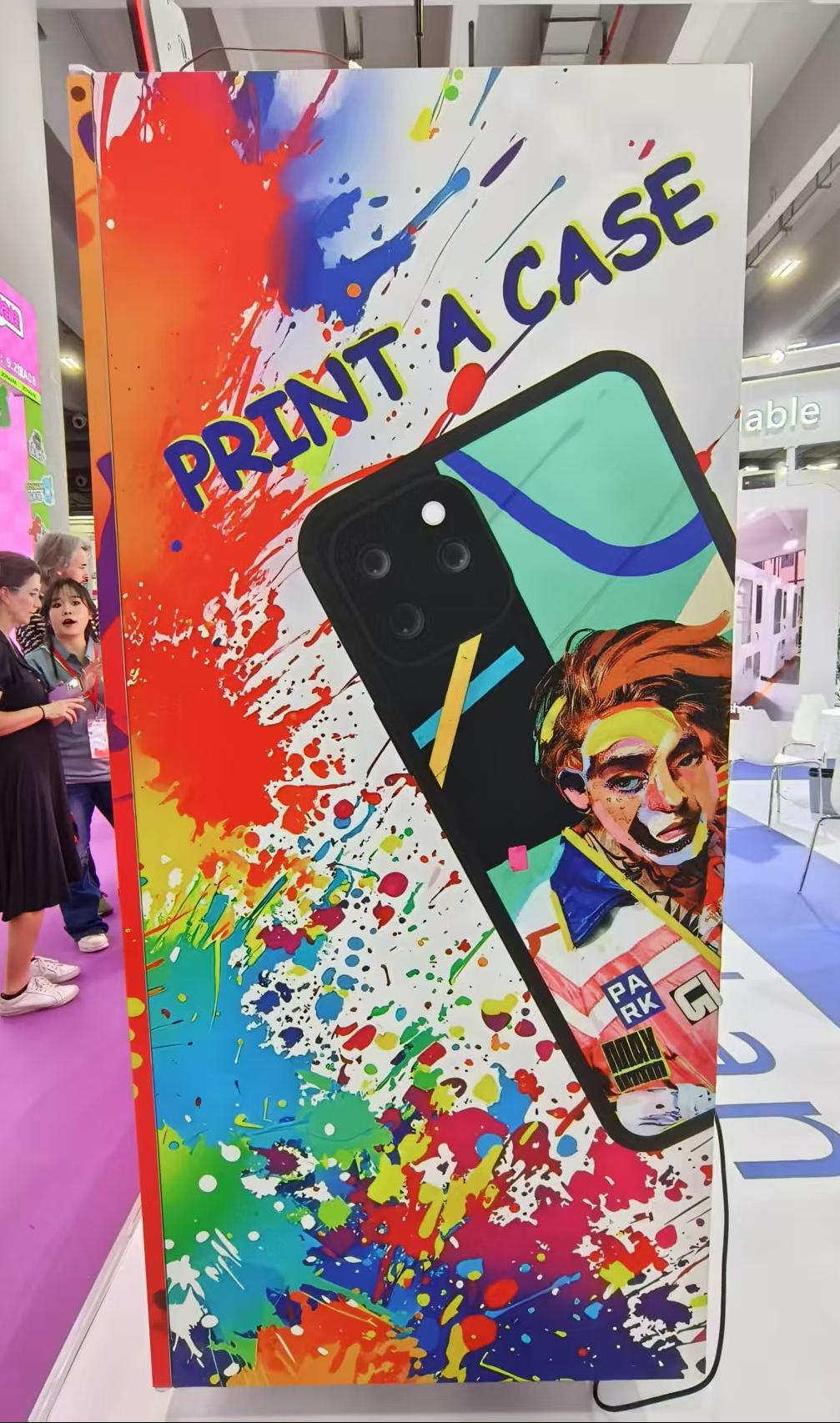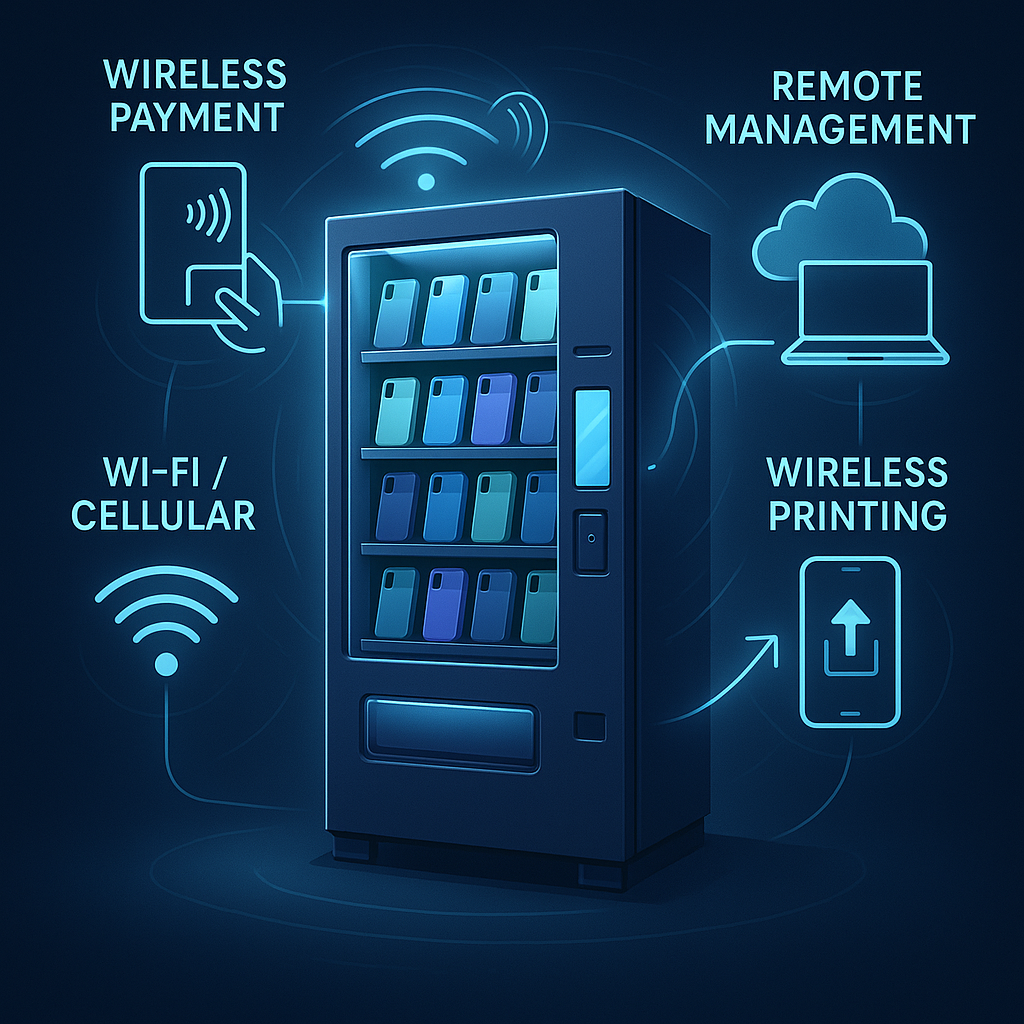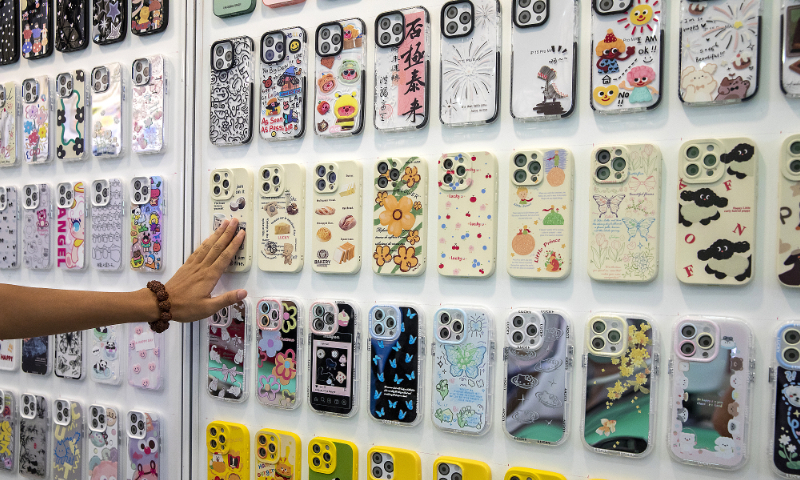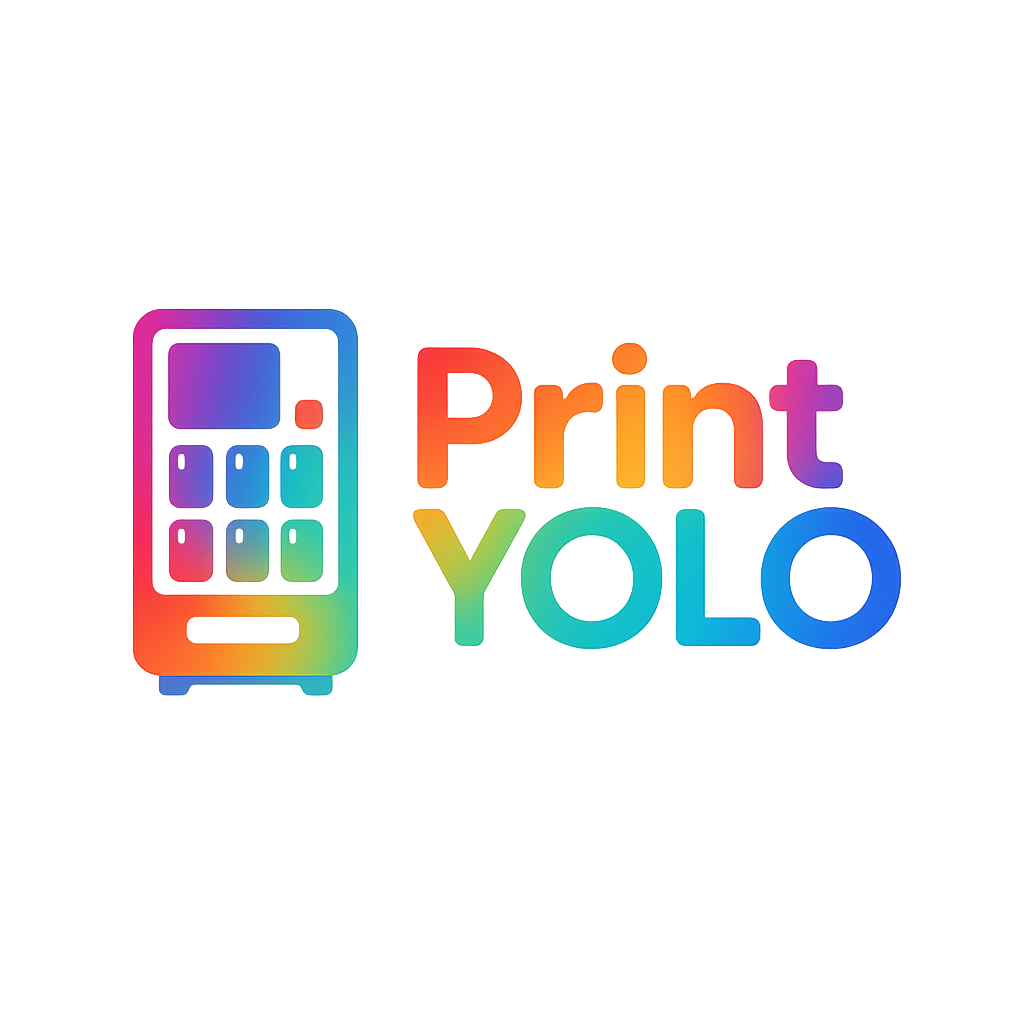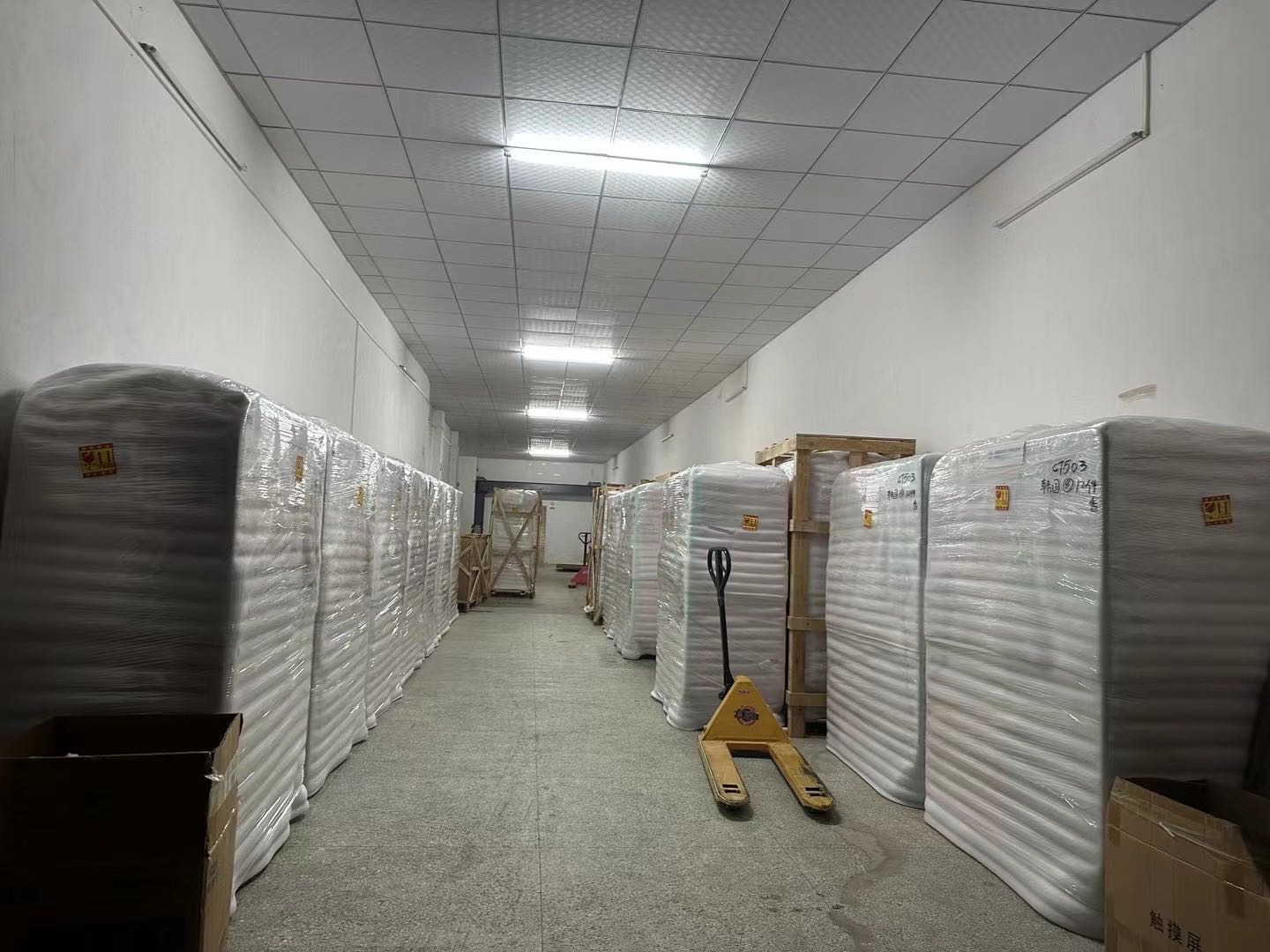
How Much Does it Cost to Fill Up a Phone Case Printing Vending Machine?
Stocking a phone case printing machine seems simple until you calculate the actual investment required. Understanding these costs upfront helps prevent cash flow problems and ensures healthy profit margins on this exciting retail opportunity.
A phone case printing vending machine typically costs $400-$800 to fully stock with consumables. This includes approximately 100-200 blank phone cases ($3-4 each), UV ink cartridges ($60-100 per set), cleaning supplies ($20-30), and maintenance items ($40-60) required for continuous operation.
I've helped hundreds of clients set up their first phone case printing businesses, and the initial inventory question always comes up. Let's explore exactly what you'll need to budget for when stocking your machine.
What Supplies Do I Need to Stock a Phone Case Printing Vending Machine?
The first time I demonstrated our PrintYOLO machine to a new client, they were surprised by the variety of consumables needed. It's not just about the cases themselves—several components work together to create the final product.
A fully stocked phone case printing vending machine requires blank phone cases (100-200 units in various models), a complete set of UV ink cartridges (CMYK+White), cleaning solutions, microfiber cloths, and maintenance supplies like print head cleaning kits and replacement UV lamps.
Detailed Inventory Breakdown
After years of manufacturing and supporting these machines, I've developed a comprehensive understanding of what's needed to keep operations running smoothly. Here's what you'll need to stock your machine effectively:
| Supply Category | Components | Quantity Needed | Cost Range |
|---|---|---|---|
| Blank Phone Cases | iPhone models (13/14/15, Pro/Max) | 50-100 units | $150-400 |
| Samsung models (Galaxy S22/S23, etc.) | 30-60 units | $90-240 | |
| Other popular models | 20-40 units | $60-160 | |
| UV Ink Cartridges | CMYK set | 1 complete set | $40-70 |
| White ink | 1-2 cartridges | $20-40 | |
| Cleaning Supplies | Alcohol-based solution | 1-2 bottles | $10-15 |
| Microfiber cloths | 10-20 pieces | $5-10 | |
| Compressed air | 1-2 cans | $5-10 | |
| Maintenance Items | Print head cleaning kit | 1 kit | $15-25 |
| UV lamp (spare) | 0-1 unit | $25-40 | |
| Miscellaneous tools | Various | $10-20 | |
| TOTAL | $430-1,030 |
The blank phone cases represent the largest portion of your inventory cost. I always advise new operators to research their specific market to determine the most popular phone models in their area. In most markets, iPhone cases make up approximately 60-70% of sales, with Samsung models accounting for 20-30%. The remaining percentage covers other brands.
Quality variations in blank phone cases can significantly impact both costs and customer satisfaction. Basic polycarbonate cases cost $2-3 each wholesale, while premium cases with better finish and durability might cost $4-6. I've found that starting with mid-range blanks ($3-4) offers the best balance between cost and quality for new businesses.
How Long Will Initial Supplies Last in a Typical Vending Operation?
When clients ask about restocking frequency, I explain that it varies widely based on location traffic and consumer preferences. Understanding these patterns helps with inventory planning and cash flow management.
Initial supplies for a phone case printing vending machine typically last 2-3 months in average-traffic locations. A full ink cartridge set can print approximately 400-500 cases, while case inventory turnover depends heavily on location popularity and model diversity, with some styles requiring more frequent restocking.
Consumption Rate Analysis
The rate at which you'll need to replenish supplies depends on several factors. Based on data from hundreds of machines in various locations, I can provide realistic expectations for different operational scenarios.
Ink consumption varies by design complexity. Simple single-color designs might use only 10-15% of the ink required for a full-color, edge-to-edge print. This means your ink cartridge lifespan will vary significantly based on the designs your customers select.
Case inventory turnover also varies by model popularity. In most locations, the newest iPhone models account for 30-40% of total sales, making these the cases you'll need to restock most frequently. The machine's inventory management system allows you to track which models sell fastest so you can adjust your restocking strategy accordingly.
| Location Type | Monthly Sales (Cases) | Ink Set Duration | Case Restock Frequency |
|---|---|---|---|
| High-traffic mall | 150-200 | 2-3 months | Every 2-3 weeks |
| Tourist attraction | 100-150 | 3-4 months | Monthly |
| University campus | 80-120 | 4-5 months | Every 1-2 months |
| Retail store | 50-100 | 5-6 months | Every 2-3 months |
Seasonal variations significantly impact consumption rates. During holiday periods or special events, sales can increase by 30-50%, requiring more frequent restocking. I always advise having extra inventory on hand during these peak periods to avoid lost sales opportunities.
Machine maintenance supplies like cleaning solutions and microfiber cloths typically last 3-4 months regardless of sales volume, as these are used for routine maintenance rather than production. Scheduling regular maintenance and keeping these supplies stocked is essential for consistent print quality and machine longevity.
What Are the Ongoing Costs to Keep a Phone Case Printing Machine Stocked?
Understanding the economics of restocking is crucial for long-term business planning. I'm always transparent with clients about the ongoing inventory investment required to maintain operations.
Ongoing inventory costs for a phone case printing vending machine average $200-$400 monthly for a machine processing 80-120 cases. This includes blank case replenishment ($160-320), quarterly ink refills ($40-60), and occasional maintenance supplies ($10-20 monthly equivalent).
Cost Management Strategies
After years in this business, I've developed efficient approaches to inventory management that help maximize profits while ensuring machines never run out of essential supplies.
The cost per printed case typically ranges from $3.50 to $5.00, including the blank case, ink, and a small allocation for maintenance supplies. With retail prices usually set between $15-25 per case, this provides a healthy gross margin of 60-80%. Understanding this unit economics helps in planning your inventory investment relative to expected returns.
Purchase volume significantly impacts your costs. Buying cases in larger quantities (500+ units) can reduce per-unit costs by 15-25% compared to smaller orders. For new operators, I recommend starting with moderate quantities and scaling up as you confirm which models sell best in your location.
| Purchase Volume | Cost Per Blank Case | Savings |
|---|---|---|
| 50-100 units | $3.80-4.00 | Baseline |
| 100-300 units | $3.50-3.80 | 5-10% |
| 300-500 units | $3.20-3.50 | 10-15% |
| 500+ units | $2.90-3.20 | 15-25% |
Supplier relationships become increasingly important as your operation scales. Establishing accounts with multiple suppliers ensures competitive pricing and helps mitigate supply chain disruptions. Our PrintYOLO customers gain access to our preferred supplier network, which provides reliable access to quality materials at negotiated rates.
Inventory management systems play a crucial role in cost control. Our machine's built-in inventory tracking allows operators to monitor consumption patterns and optimize reordering. Setting up automatic alerts when supplies reach predetermined thresholds prevents both overstocking and stockouts, which can otherwise lead to unnecessary costs or lost sales.
Are There Ways to Reduce the Cost of Supplies for Phone Case Printing Machines?
Many of my clients are entrepreneurs looking to maximize their returns. Fortunately, several strategies can help reduce inventory costs without compromising quality.
You can reduce phone case printing supply costs by purchasing in bulk (15-25% savings), joining buying groups, selecting economical case designs, optimizing ink usage through design templates, and using manufacturer-supported refill programs rather than third-party alternatives to maintain quality and warranty coverage.
Effective Cost-Saving Approaches
Through working with hundreds of operators across different markets, I've identified several proven strategies for reducing supply costs while maintaining high-quality output.
Strategic case selection offers significant savings potential. Some case designs use less material or have simpler manufacturing processes, making them more economical while still providing excellent print surfaces. Our PrintYOLO machines are compatible with a wide range of case types, allowing operators to select the most cost-effective options for their market.
Ink optimization through design templates can reduce consumption by 10-20%. By offering pre-designed templates that use ink efficiently, you can extend the life of your cartridges while still providing attractive options for customers. Many of our machines come pre-loaded with these optimized designs.
Proper maintenance dramatically extends supply life. Regular cleaning prevents waste from clogged print heads, while proper storage of blank cases prevents damage that could make them unusable. I always emphasize to new operators that maintenance isn't just about machine longevity—it directly impacts your supply costs.
Seasonal purchasing strategies can yield additional savings. Many suppliers offer promotions during slower manufacturing periods or when introducing new models. By planning your major restocking around these cycles, you can secure better pricing on bulk orders.
Direct manufacturer relationships often provide the best value. As a manufacturer, we offer supply packages at preferred rates to our machine customers. These packages typically include compatible, tested consumables that ensure optimal performance while providing better economics than purchasing components separately from multiple sources.
Stocking a phone case printing vending machine costs $400-800 initially, with ongoing monthly expenses of $200-400. By purchasing in bulk, optimizing inventory, and maintaining good supplier relationships, operators can maximize their profit margins while ensuring continuous operation.


